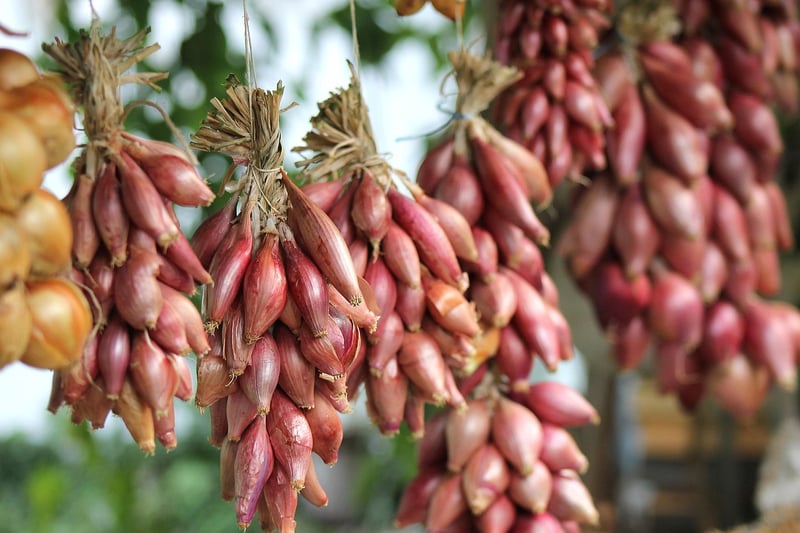Neighborhood Swaps
Connecting with Fellow Gardeners: Neighborhood Swaps
Gardening is a wonderful hobby that not only provides fresh produce and beautiful flowers but also fosters a sense of community. One way to enhance your gardening experience and connect with like-minded individuals is through neighborhood swaps. These events are a fantastic way to share your garden's bounty, exchange tips, and build relationships with fellow gardeners in your area.
What Are Neighborhood Swaps?
Neighborhood swaps are gatherings where gardeners come together to trade their surplus fruits, vegetables, herbs, seeds, plants, and even gardening tools. These swaps can take place in community centers, parks, or even in someone's backyard. They offer a platform for gardeners to exchange their homegrown goods and knowledge, creating a vibrant and supportive gardening community.
Benefits of Neighborhood Swaps:
- Sharing Resources: Neighborhood swaps allow gardeners to share their surplus produce and plants, reducing food waste and promoting sustainability.
- Community Building: By participating in swaps, you get to know your neighbors, build friendships, and create a strong sense of community.
- Learning Opportunities: Swaps provide a space to exchange gardening tips, tricks, and best practices, helping everyone improve their gardening skills.
- Diversity in Plants: Through swaps, you can expand your garden variety by acquiring new plants and seeds that you may not have access to otherwise.
How to Organize a Neighborhood Swap:
- Choose a Location: Select a central and convenient location for your swap, such as a park, community center, or a volunteer's backyard.
- Set a Date and Time: Pick a date and time that works for the majority of participants, considering factors like weather and gardening seasons.
- Promote the Event: Spread the word about your swap through social media, neighborhood forums, flyers, and word of mouth to attract a diverse group of gardeners.
- Establish Guidelines: Create clear guidelines for the swap, including what items are allowed, how the exchange will take place, and any rules for participation.
- Facilitate the Swap: On the day of the event, set up designated areas for different types of items, provide tables for display, and ensure a smooth exchange process.
Joining a Neighborhood Swap:
If you're interested in joining a neighborhood swap but don't know of any in your area, consider reaching out to local gardening clubs, community centers, or online gardening groups. Connecting with fellow gardeners can enrich your gardening experience and create lasting friendships.

Whether you're a seasoned gardener or just starting, neighborhood swaps offer a fantastic opportunity to connect with others who share your passion for gardening. So, gather your garden goodies, join a swap, and enjoy the abundance of community and fresh produce!
Image source: Pixabay
